A guide to choosing and acclimating your first fish
- Feb 13, 2021
- Anshika Mishra
- 3224 0 0
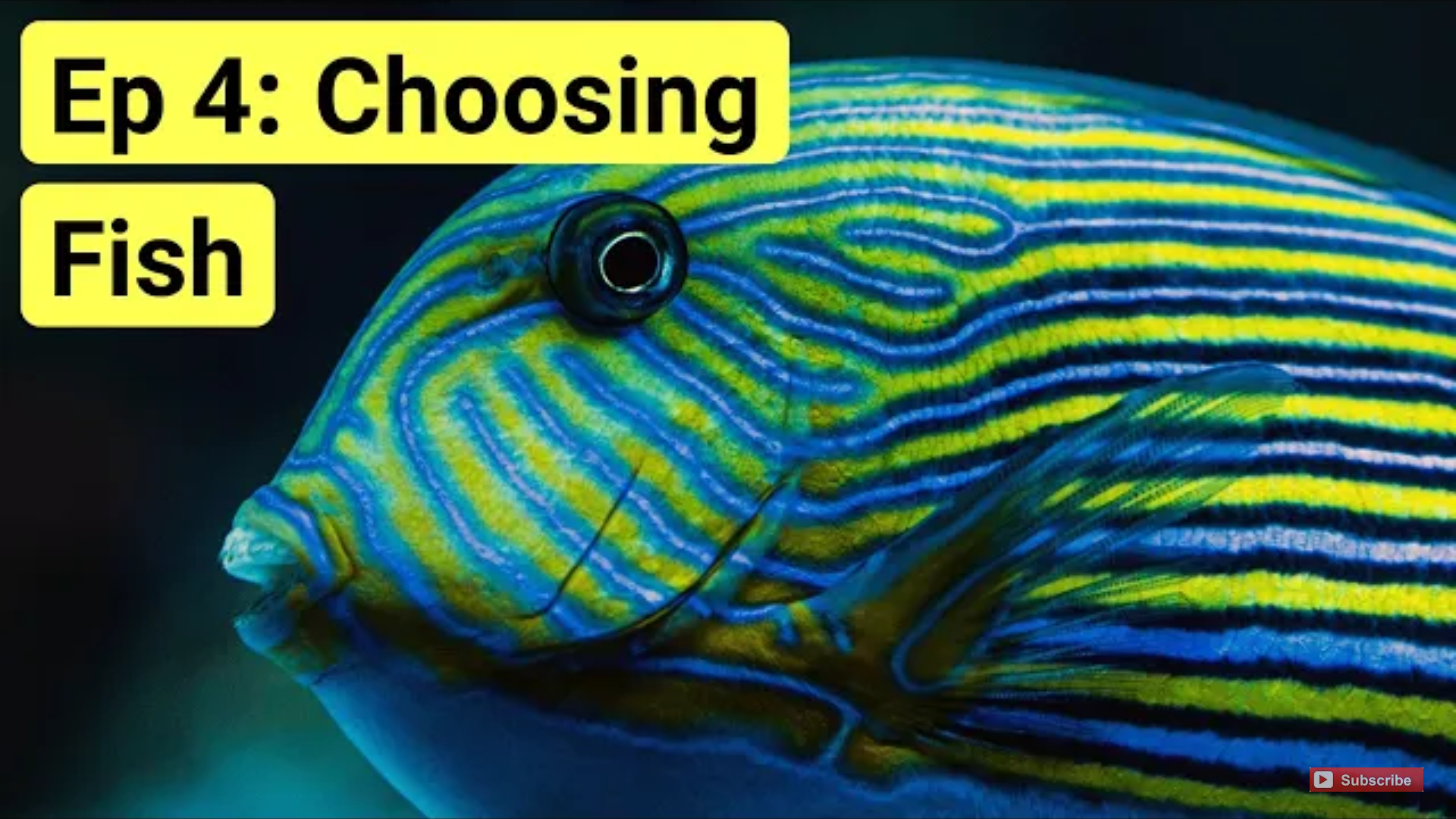
With dozens of options available in the market, selecting your first marine fish can be a bit of a challenge. The article below is an attempt to help you choose your first marine fish:
Damsels are not the one.
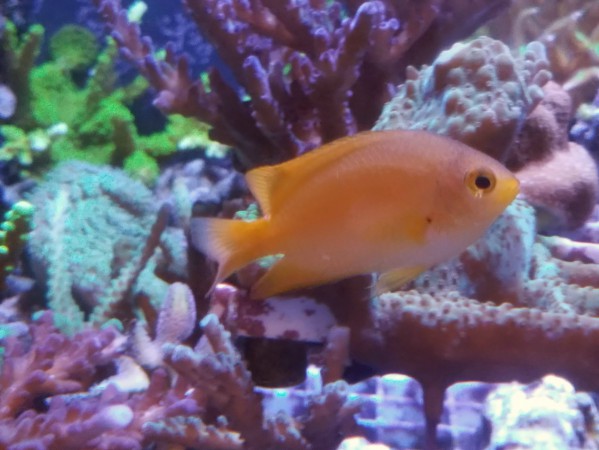
You have to choose the hardiest fish you can find, which usually leads you to Damsels. But don't fool by Damsel's tiny size and cute features because they have a serious case of Napolean syndrome and can indeed be a very aggressive fish.
In fact, adding Damsels as your first fish is the single biggest mistake that beginners tend to make. Damsels are recommended as good first fish because they are hardy and more tolerant to Ammonia.
But Ammonia is extremely toxic to all fish, and you shouldn't any fish regardless of how hardy they are until you have zero Ammonia in your tank and you are 100% sure that your tank has finished cycling. If you use bottled bacteria to fasten up the Nitrogen-cycle in your tank instead of completing a cycle, your fish should be okay as long as you keenly follow all the instructions.
Till now, you must have understood that while finding the first fish, you should not solely look for hardiness. But then what should you look for?
What should you get?
Tang or RabbitFish
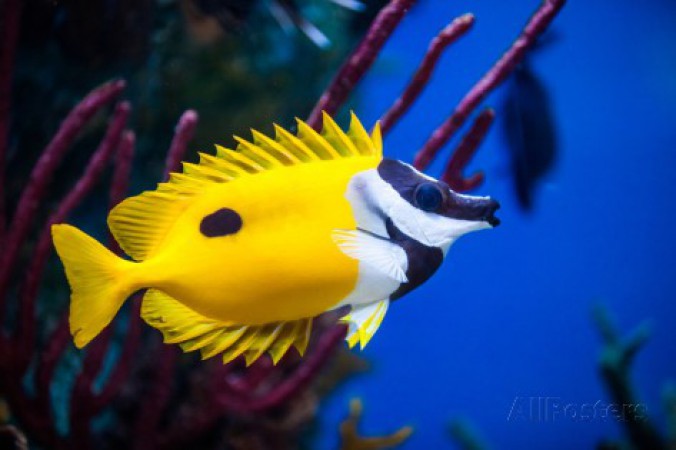
New tangs are excellent at growing algae, so algae-eating fish is a sensible choice. If you have a big tank, then you can go for Tang or Rabbit Fish. Do know that Tangs can get aggressive and establish territories so, Rabbit Fish is probably a safer bet for your first fish.
Algae Blenny
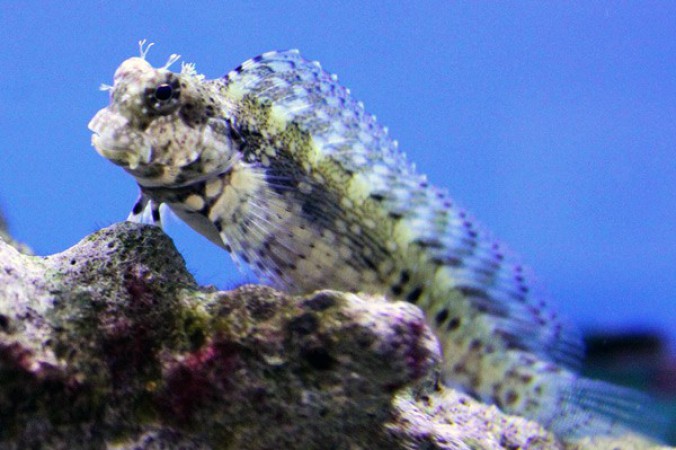
But if you have a small tank and algae is a solid problem, then Alage Blenny is a good alternative. Not only do they eat algae, but Blennies are also great characters and would provide you constant entertainment.
Ultimately the important thing is to select a fish that you like. So, if you don't like any of the above, then do research and find a fish that ticks all the box for beginner fish and looks as pretty and you want it to. But make sure that you don't get anything too aggressive or too difficult to keep.
Clownfish
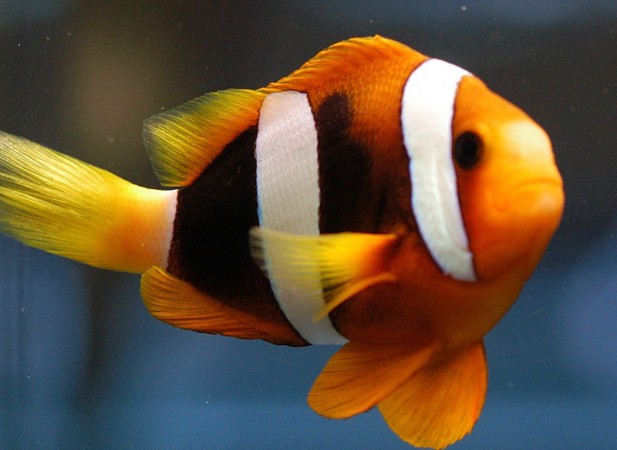
If you think that all of this is too much hard work, get yourself a good Clownfish. There are loads of color varieties of Clowns, and no reef tank is complete without them. And since they are a member of the Damselfish, they are also pretty hardy, so they make a great choice for your first fish.
How to Acclimate a Fish?
When it comes to acclimating new fishes, the simplest process to follow is far more simple than you may have seen elsewhere.
Float the bag with your new fish in your tank water to bring it up to temperature. Then let the fish out and place it in your tank.
Temperature shock is what most fishes tend to suffer the most. So, as long as you leave the bag floating for about half an hour to equalize the temperature, they should be absolutely fine.
It is just not necessary to drip acclimate fish, and if they have been in the bag for any length of time they are back from the shop, the concentrations of ammonia are more likely to creep up, which will start streaming your new pet.
Drip acclimation is only necessary for inverts like starfish, snails, and shrimps. You can turn the lights of your tank off if you want, but it is not necessary, and most fish will find a dark hiding spot in your rockwork all by themselves.
Just make sure that you dispose of the water in the bag as some shops treat their fish system with copper, which can kill your corals and invertebrates.
Are they hiding?
It is common for the fish to hide when introduced in a new tank, so don't worry if you don't see them for a week or so, especially if you get a fish that sleeps in the sand.
It would be best if you also tried to avoid the temptation of trying to force them out into the open. It will only stress them out more than they already are. They will make an appearance when they are good and ready.
No matter which route you follow, take it nice and steady. Let the new fish get used to the new tank for a week or more. Wait at least two-three weeks before adding new fish to the tank. New tanks will take time to come up with the additional bio-load, and adding too many fish too soon is a recipe for algae.






About author